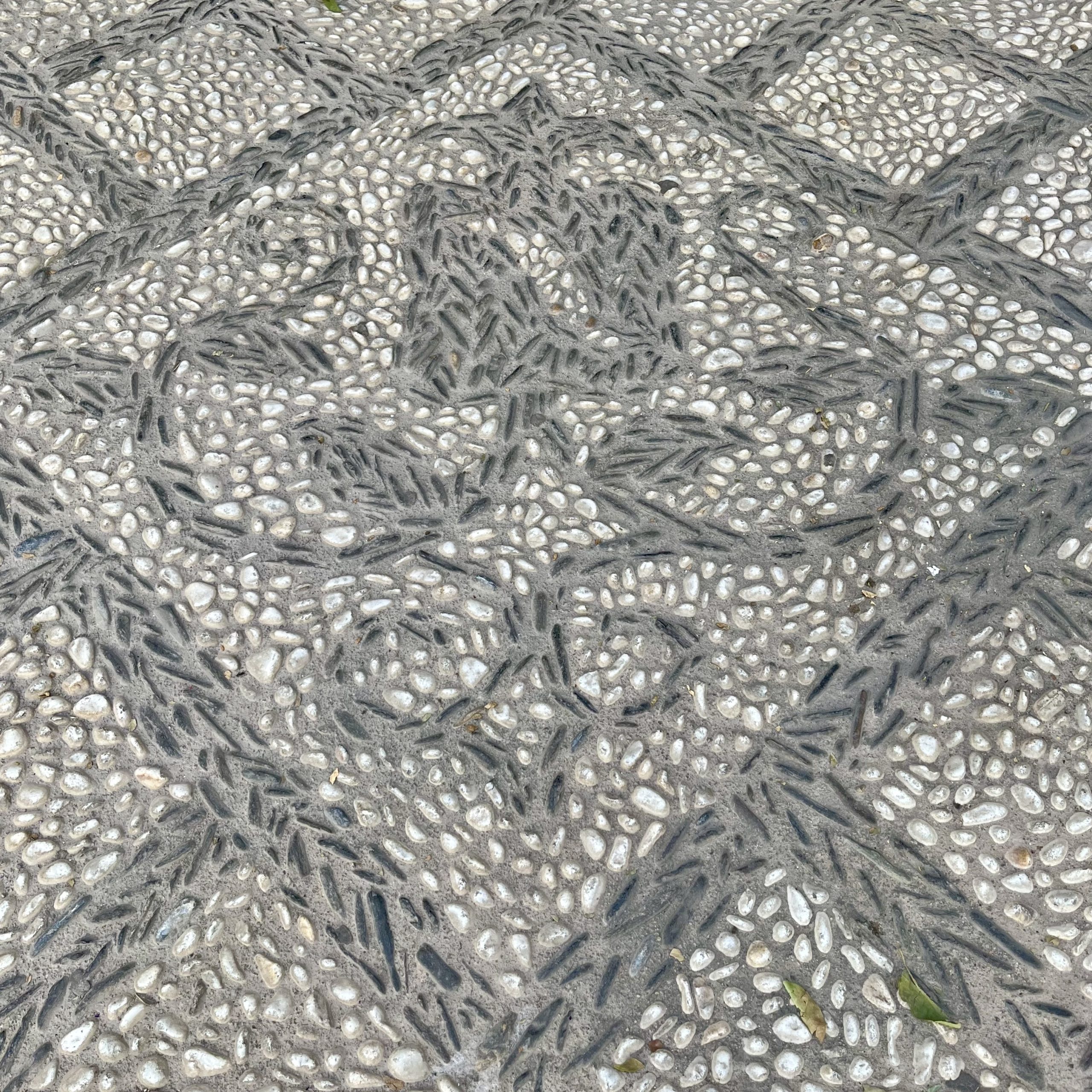
22 Jul Granada’s cobblestones: Art beneath your feet
Granada´s cobblestones, a handcrafted jewel and ancient Granada´s street art, that turns its streets into authentic stone canvases.
Did you know that walking through Granada is also a journey through centuries of artistic history?
In every corner of the Albaicín, the City Center or the Alhambra, the pavement is telling a story that I would be delighted to tell you.
But what exactly is Granada´s cobblestone?
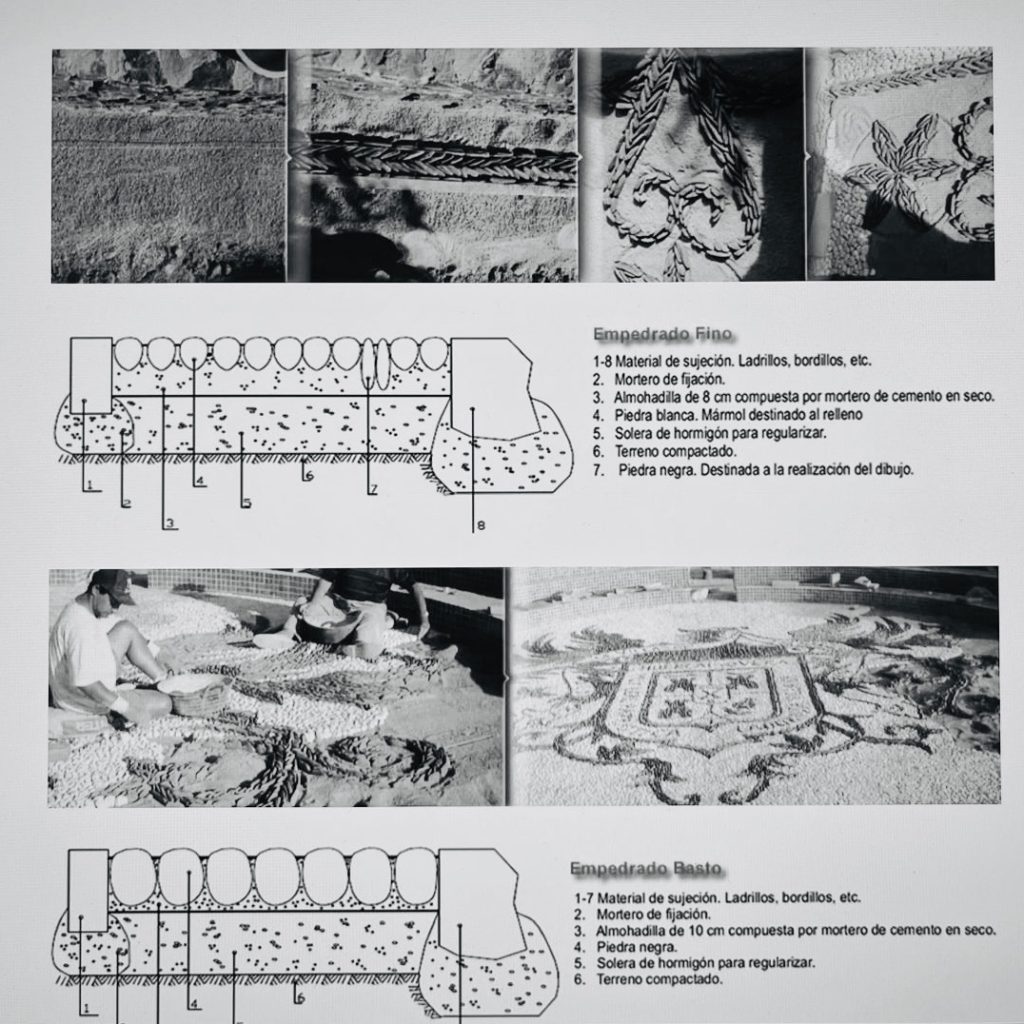
Traditional Granada´s cobblestone was made with pebbles, collected from the banks of the Genil and Darro rivers.
These stones, naturally eroded by water, have rounded shapes ideal for fitting into decorative patterns.
Once selected by size, color and shape, the pebbles were placed by hand on a base of wet sand or lime mortar, following geometric, vegetal or figurative designs.
Then tamped and left to set, creating a firm, resistant and durable surface, not only for aesthetic but also functional uses: the cobblestones helped the runoff rainwater and resisted the constant passage of people and animals.
Although at first it was only used for noble spaces such as patios, cisterns or squares, over time it was extended to streets, beautifying the urban landscape.
Today, this type of handcrafted paving continues to be a symbol of Granada’s identity, combining utility, history and beauty in every step, and a reference for cobblestone art.
Granada´s cobblestones, A legacy born in history
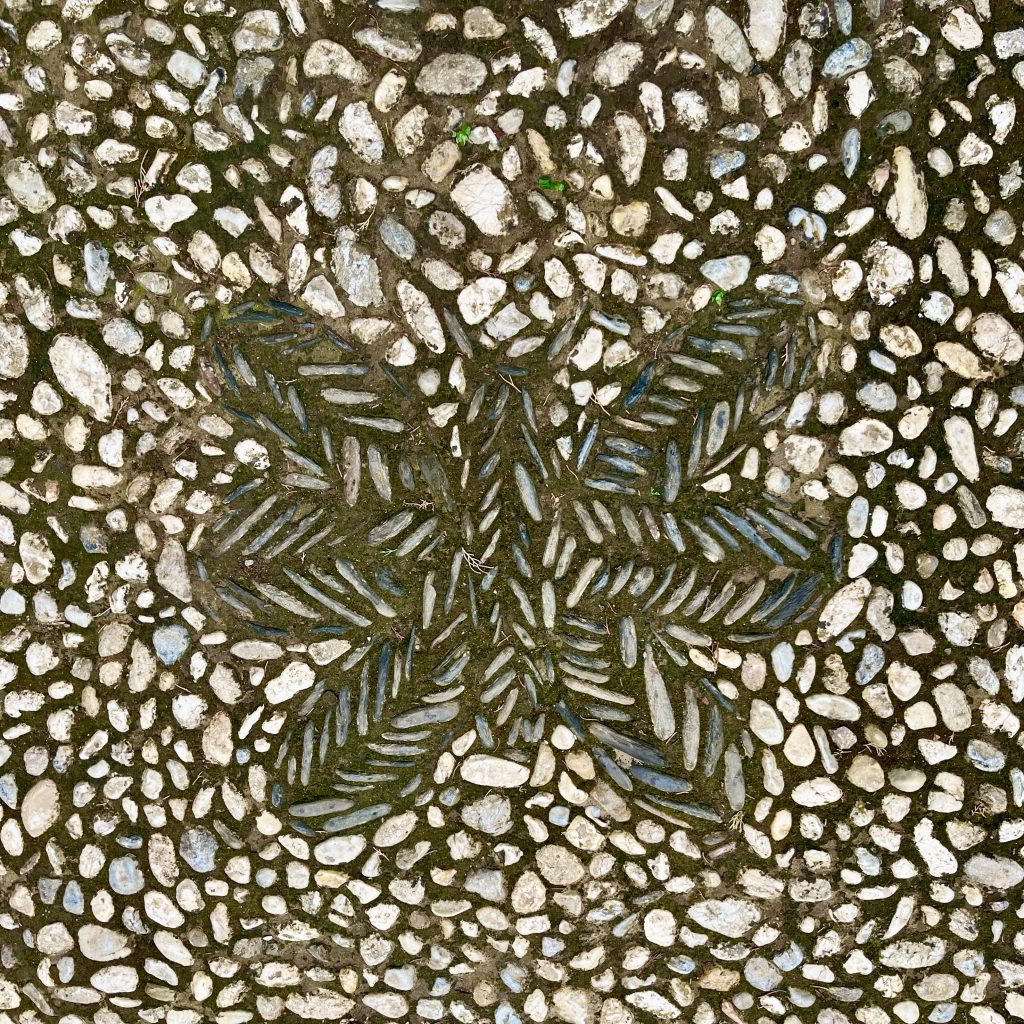
The origin of Granada’s cobblestones dates back to the time of the Umayyad caliphate (9th to 12th centuries), when Arab influence transformed the city.
Inspired by Roman mosaics and the techniques of ancient Aegean cultures, these pavements combine the precision of tessellation with natural materials collected from local rivers.
During the Muslim period, the motifs were mainly geometric and vegetal, following the Islamic tradition.
But, with the arrival of the Renaissance, and Western influence, human and animal figures also began to appear, expanding the artistic repertoire.
You may be wondering, where can I see cobblestones in Granada today?
In places such as the Alhambra or the patios of the Generalife, this type of paving embellished everyday spaces alike.
As you may already know, Granada itself is an open-air museum, so cobblestones are everywhere.
Granada’s cobblestones, cultural heritage and tourist attraction
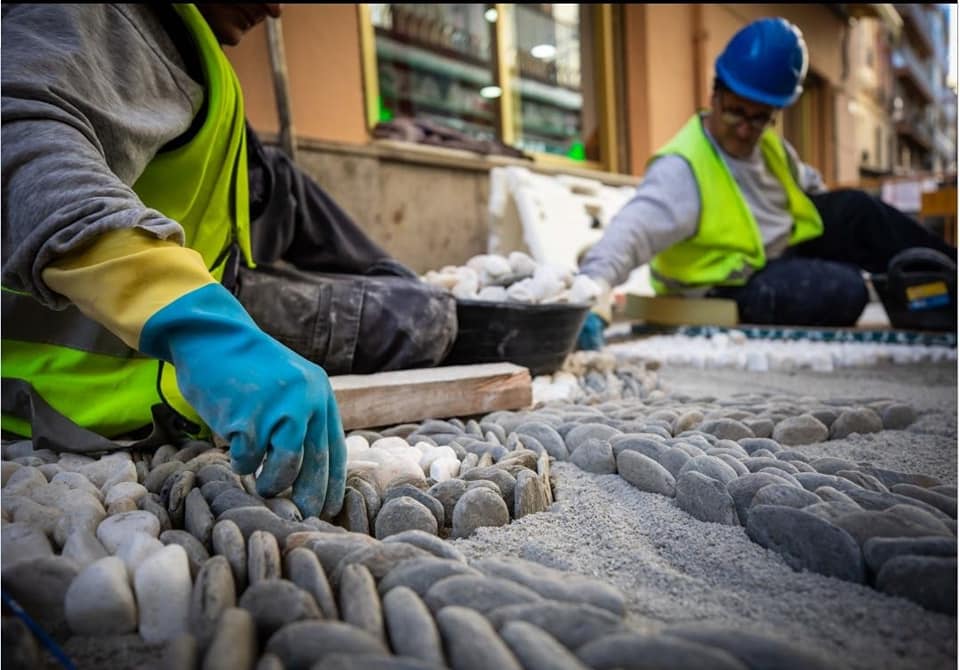
Granada’s cobblestones are one of the most beautiful artistic heritage of Andalusia.
Today, they have also become a tourist attraction for those interested in discovering this little-known treasure of Granada, unique corners witnesses of its most intimate history.
Therefore, it is also necessary to ensure its protection, unfortunately the urban reforms, and the lack of maintenance have threatened this legacy.
Nevertheless, the number of people, institutions and artisans who fight to protect them is growing.
In 2024, the study “Empedrado Granadino. History and Archaeology” unveiled its origin and symbolic value, fostering its conservation and international recognition.
Not only keeping this heritage means preserving a beautiful ground, but also defending the collective memory of Granada, its character and its spirit.
An example of this commitment is the family business Empedrados Los Picantes, that, for generations is being keeping alive the tradition of handmade cobblestones.
Stone by stone, design by design, they have been able to safeguard ancestral techniques, transmitted with respect and patience.
They combine this ancient wisdom with alternative materials that adapt to new regulations, without losing the essence of their craft.
Their work represents the authentic Granada artisan crafts, born of patience, heritage, and above all, a deep love for the city.
The Granada Cobblestone Route: a journey through stone, passion and time
Walking through Granada is an aesthetic, sensory and emotional journey and its streets are a living open-air museum where every corner holds the memory of centuries.
Granada´s cobblestones are a revelation for those who wish to look beyond the monuments and discover the city from the ground.
I have made a list for you with the most emblematic places to visit where you can enjoy this “permanent exhibition”.
– Granada´s cobblestones: San Pedro and San Pablo Church Courtyard in the Carrera del Darro
Starting with the historic Plaza Nueva, where the first stone slabs already tell centuries-old stories.
The keys of St. Peter under a crown stands out, but each cobblestone bears its own details that blend as one like a large tapestry.
– Granada´s cobblestones: San Nicólas Viewpoint
Climb up to the Mirador de San Nicolás, not only to see the majestic Alhambra , but to discover that, even here, the ground speaks.
In this viewpoint you will find the work of 3 generations of the best ambassadors of this Granadian art.
– Granada´s cobblestones: Santa Isabel la Real Church
A church that was founded by Queen Isabella I of Castile, the Catholic church where you can enjoy a beautiful and historic composition of a rose window with an eight-pointed star.
Granada dazzles everywhere you look, yes, but it is the ground that holds a part of its soul. So lower your gaze and let yourself be swept away by the silent stories etched beneath your feet.
And if just admiring it from afar leaves you wanting more, if your feet are restless and your heart curious Contact me, together we will wander through the city with fresh eyes and open senses, to rediscover a Granada that few truly see.
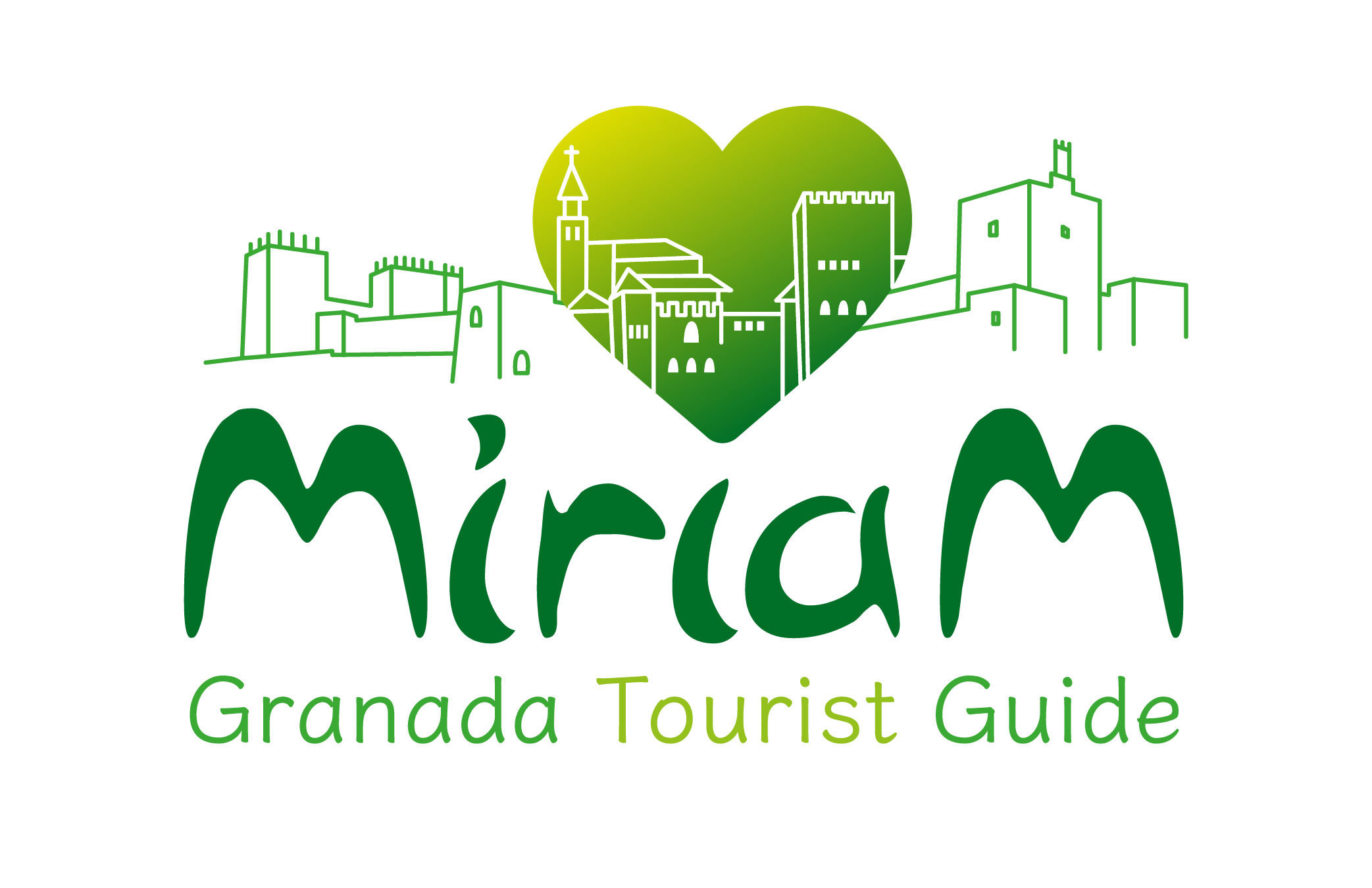


Sorry, the comment form is closed at this time.